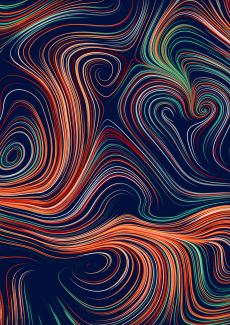
ANR Dark-NAV
Projet-ANR-20-CE33-009
Navigation sans GPS en environnement sombre au moyen de flashs apériodiques de photo-localisation – Dark-NAV
Résumé :
Si l'éléctrolocation ou l'echolocation ont fait l'objet d'études robotiques, la photolocation n'a jamais été étudiée. En se basant sur un éclairement par flash lumineux intermittents et apériodiques, le projet Dark-NAV se propose de développer un capteur de photo localisation actif et les algorithmes "basés évènements" de SLAM et de navigation pour drone associés.
L'intermittence de l'éclairement permettra l'augmentation de la puissance lumineuse embarquable. Dark-NAV ambitionne de développer une chaine complète de navigation allant du capteur à la commande entièrement apériodique. Le projet Dark-NAV s'appuie sur un consortium de laboratoires (GIPSA-lab, ICube et ISM) ayant un expérience reconnue dans le domaine de la vision et du contrôle pour la robotique. Le projet implique également l'industriel SUEZ du domaine de l'assainissement de l'eau qui ambitionne l'utilisation de drones autonomes ou semi-autonomes pour l'inspection et la maintenance de ses canalisations et réserves d'eau.
Summary:
GPS-free navigation in dark environments using aperiodic photo-location flashes – Dark-NAV
While electro-location and echolocation have been studied in robotics, photolocation has never been studied. Based on intermittent and aperiodic flashes of light, the Dark-NAV project aims to develop an active photo-location sensor and the associated event-based SLAM and drone navigation algorithms.
The intermittent nature of the lighting will make it possible to increase the light power that can be taken on board. Dark-NAV aims to develop a complete navigation chain, from the sensor to fully aperiodic control. The Dark-NAV project relies on a consortium of laboratories (GIPSA-lab, ICube and ISM) with recognised experience in the field of vision and control for robotics. The project also involves SUEZ, a water purification company, which aims to use autonomous or semi-autonomous drones to inspect and maintain its pipes and water supplies.
Partenaire(s)




